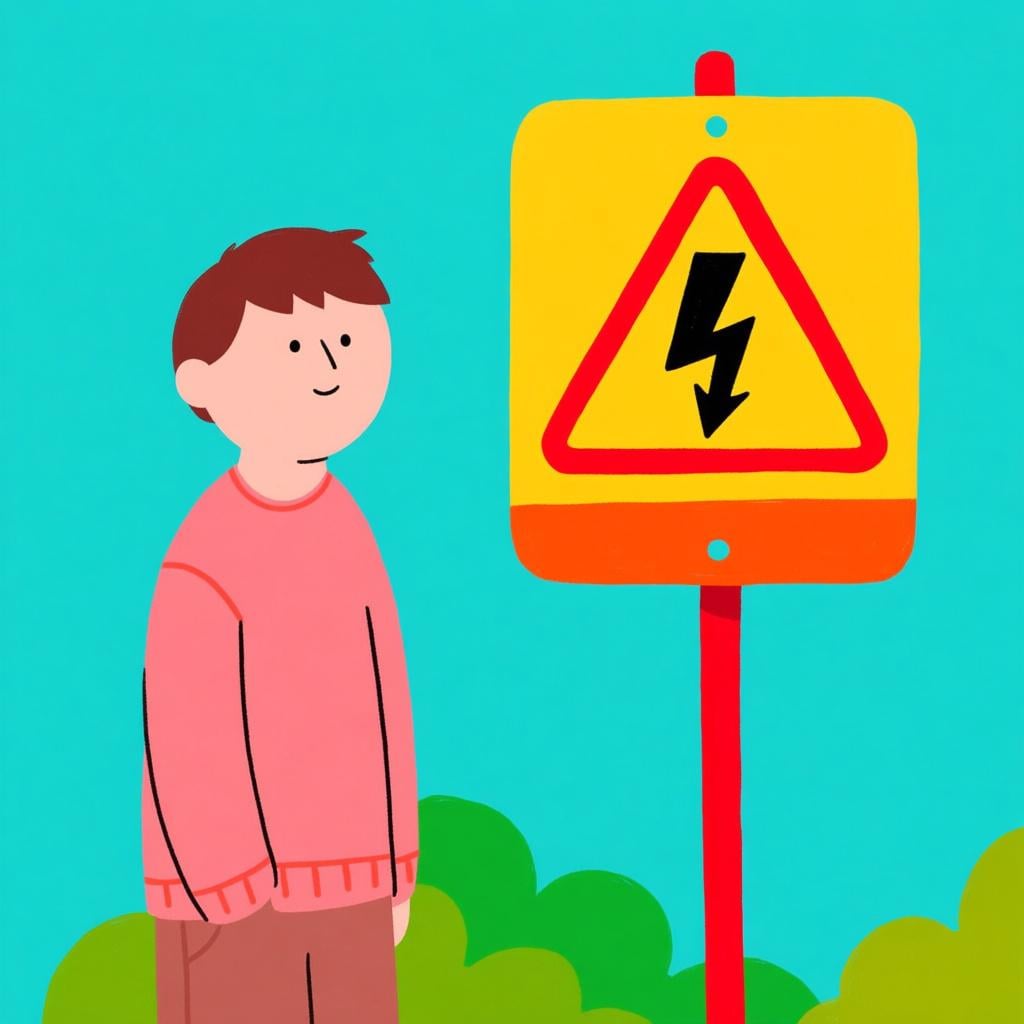conozco
/ko-NOS-ko/
I know

When used for people or places, Conozco means 'I know' or 'I am familiar with'.
conozco(Verb)
I know
?a person or place
I am acquainted with
?a person
,I am familiar with
?a place
📝 In Action
Conozco a María desde que éramos niños.
A2I've known María since we were kids.
Sí, conozco un buen restaurante italiano cerca de aquí.
A1Yes, I know a good Italian restaurant near here.
¿Conoces París? Yo no lo conozco.
A1Do you know Paris? I don't know it.
💡 Grammar Points
The Personal 'a'
When you know a person or a pet, you must put the little word 'a' right after the verb. For example, 'Conozco a Juan' (I know Juan). But you don't use it for places or things: 'Conozco Madrid'.
'Yo' Form Irregularity
'Conozco' is an irregular verb, but only in the 'yo' (I) form of the present tense. Notice the 'zc' combination. This pattern also appears in verbs like 'ofrecer' (ofrezco) and 'traducir' (traduzco).
❌ Common Pitfalls
Confusing 'conocer' with 'saber'
Mistake: "Using 'conozco' for facts or skills. For example, saying: 'Conozco que él es doctor.'"
Correction: Use 'sé' for facts and information. The correct way is: 'Sé que él es doctor.' Use 'conozco' for people and places.

In a more formal context, Conozco means 'I am aware of' or 'I recognize' a fact or situation.
conozco(Verb)
I am aware of
?a situation, fact, or risk
I recognize
?a concept or truth
,I have experienced
?an emotion or situation
📝 In Action
Conozco los riesgos, pero estoy dispuesto a asumirlos.
B1I am aware of the risks, but I'm willing to take them on.
Como abogado, conozco bien la ley.
B2As a lawyer, I am very familiar with the law.
He vivido tiempos difíciles, así que conozco la sensación de incertidumbre.
B2I've lived through difficult times, so I know the feeling of uncertainty.
⭐ Usage Tips
Familiarity vs. Facts
Use 'conozco' to show you're familiar with a topic or situation. It's more than just knowing a fact (that's 'sé'). It implies some level of understanding or experience with the subject.
🔄 Conjugations
indicative
present
imperfect
preterite
subjunctive
present
imperfect
✏️ Quick Practice
💡 Quick Quiz: conozco
Question 1 of 1
Which sentence correctly uses 'conozco'?
📚 More Resources
Frequently Asked Questions
What is the simplest way to remember the difference between 'conozco' and 'sé'?
Think of it this way: Use 'conozco' for people, pets, and places you are familiar with. Use 'sé' for facts, information, and skills (how to do something). If you can replace 'I know' with 'I am familiar with,' you probably need 'conozco.' If you can replace it with 'I know how to' or 'I know that...,' you need 'sé'.
Why does 'conocer' change to 'conozco' for 'yo' (I)?
It's an irregular verb pattern in Spanish. Many verbs ending in '-cer' or '-cir' change to '-zco' in the 'yo' form of the present tense. This helps with pronunciation, making the 'c' sound hard like a 'k' before the 'o'. You'll see the same pattern in 'ofrecer' (ofrezco), 'traducir' (traduzco), and 'parecer' (parezco).